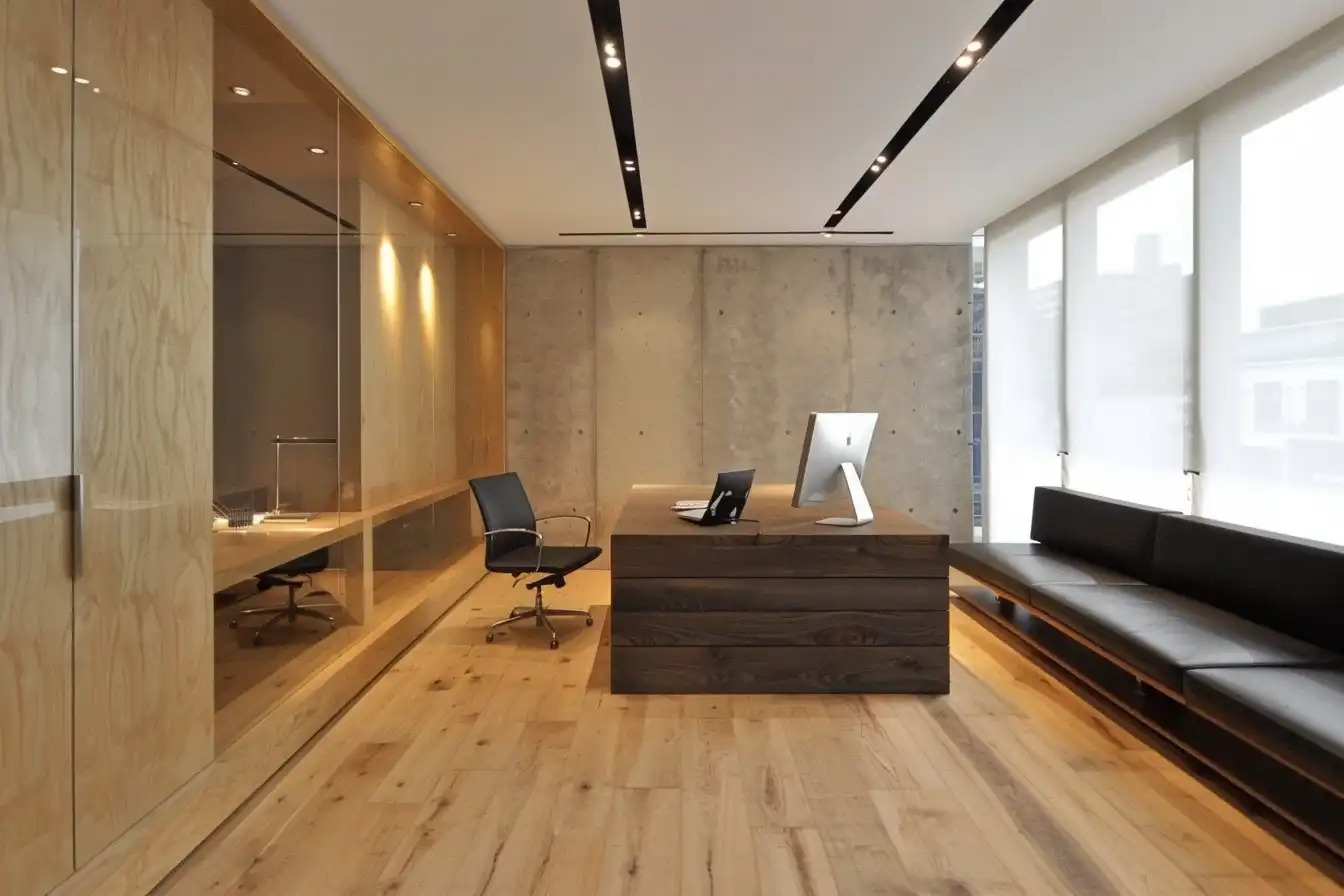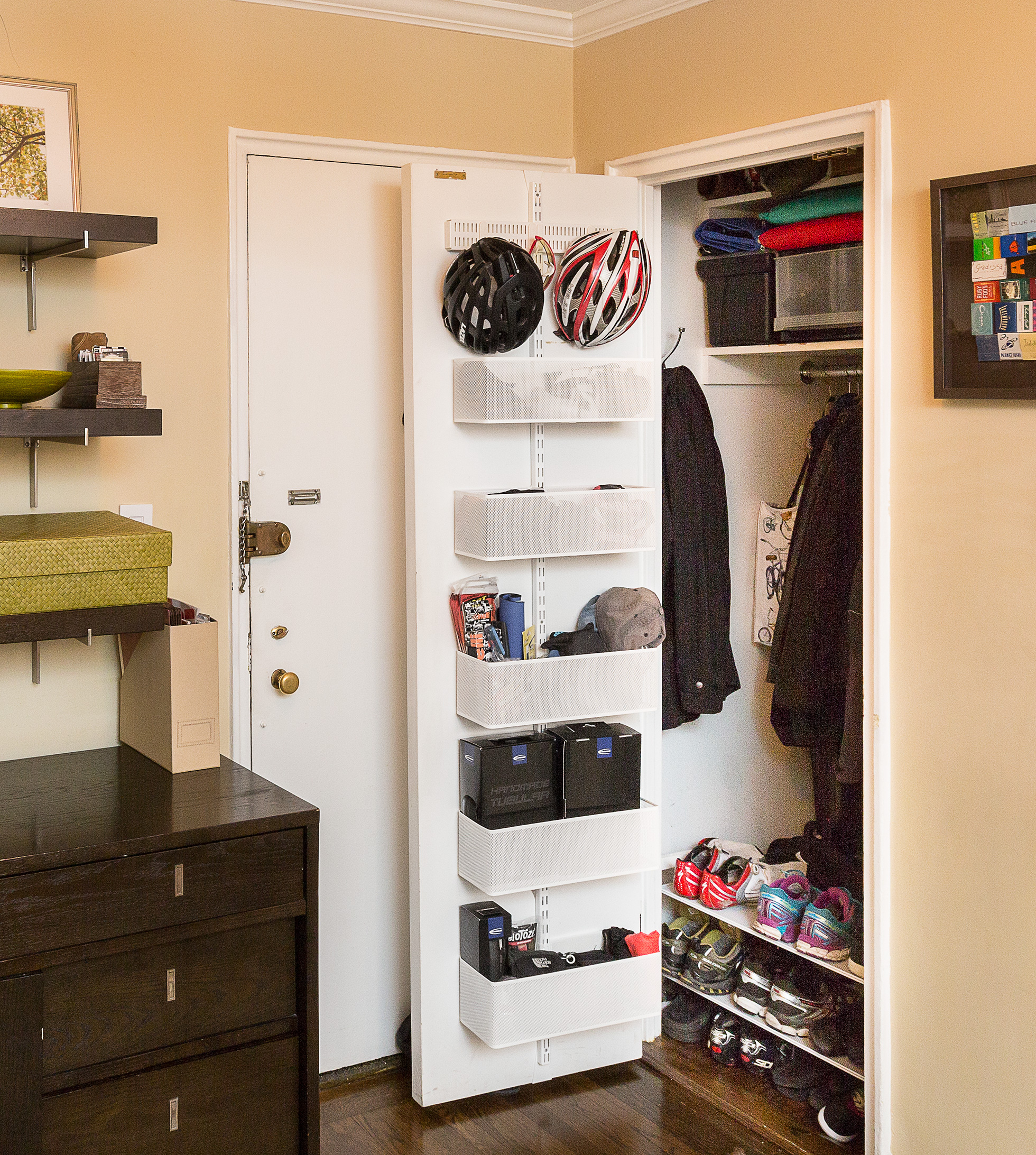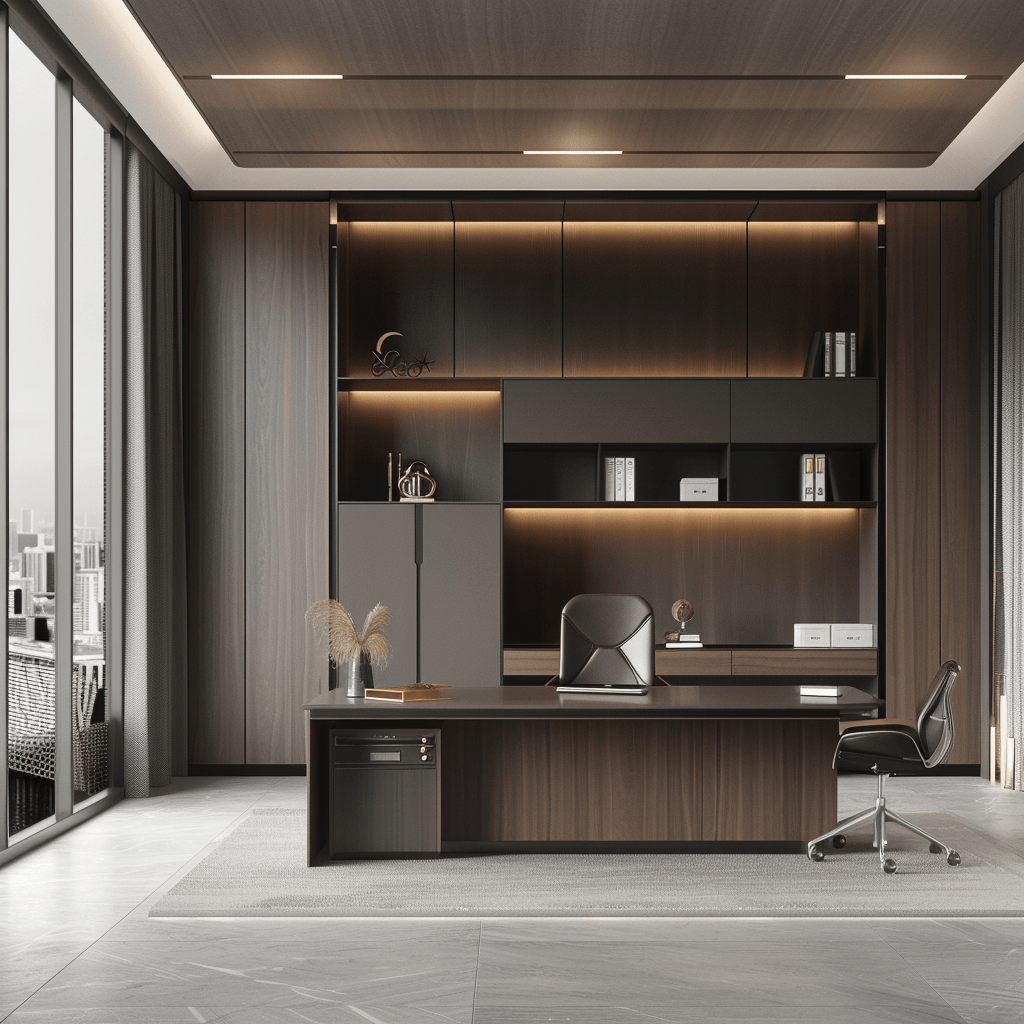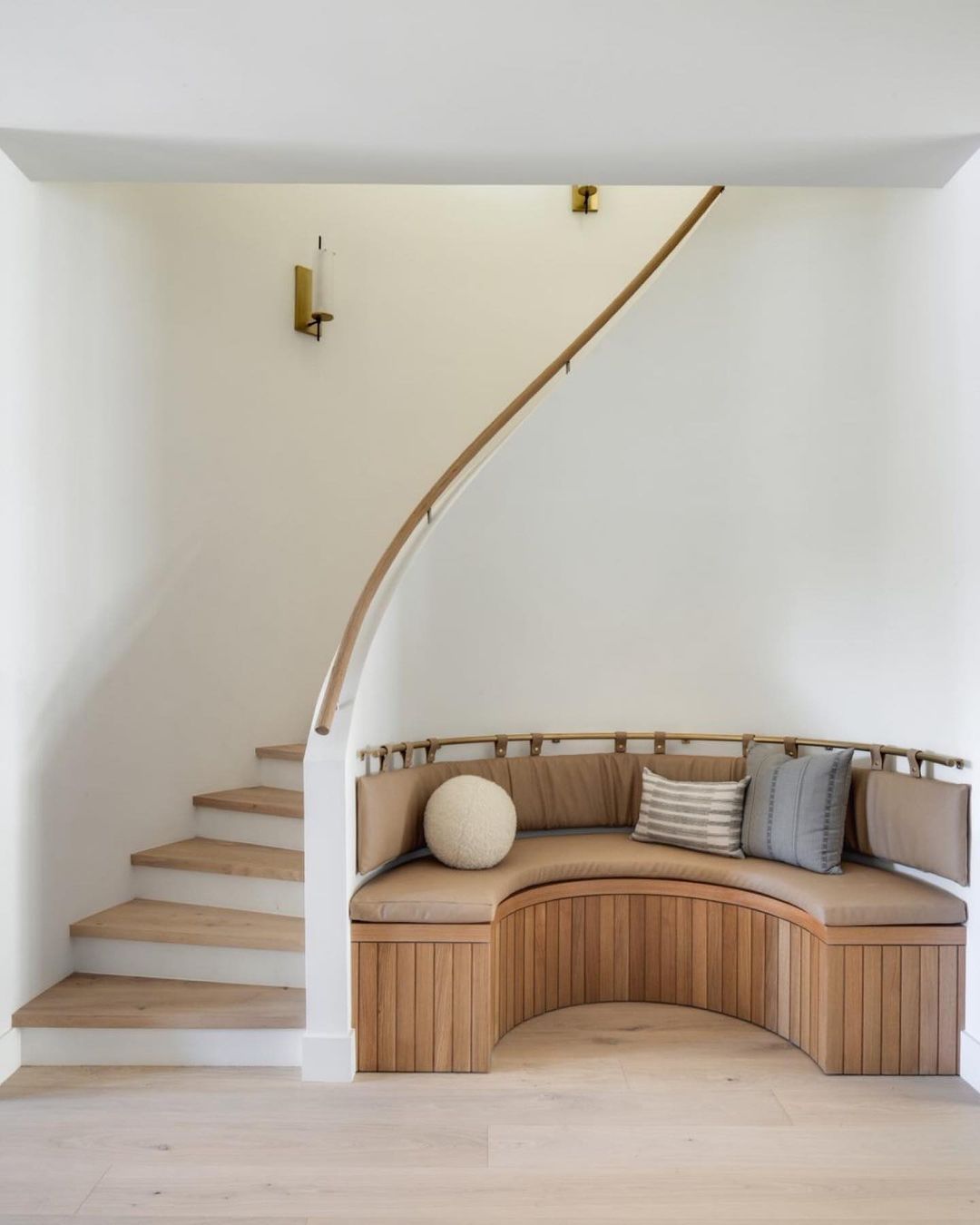Transforming Environments: Minimalist Design Techniques to Promote Mental Clarity and Personal Organization

In a world teeming with distractions, the quest for mental clarity and personal organization has never been more crucial. Embracing minimalist design techniques can effectively transform our environments, creating spaces that promote focus and tranquility. By stripping away the unnecessary, we open the door to a more productive and serene lifestyle.
Why Minimalism Matters
Minimalism is not just a trend; it’s a powerful approach that encourages a reevaluation of our surroundings and how they affect our mental state. Implementing minimalist principles can lead to significant improvements in various aspects of life.
- Reduced clutter: The sight of a disorganized space can amplify feelings of stress and anxiety. A cleaner space fosters a clearer mind, allowing individuals to concentrate on what truly matters. For example, consider how a clutter-free desk can enhance focus during work hours, leading to more efficient project completion.
- Intentional living: Minimalism invites individuals to be more discerning about their belongings. Each item in your environment serves a purpose, making your space not only more aesthetically pleasing but also more reflective of your values and lifestyle. This can lead to a greater appreciation for what you own and a more sustainable lifestyle.
- Enhanced creativity: With fewer distractions comes increased inspiration. A minimalist environment allows the mind to wander freely, fostering creativity. Imagine an artist in a well-organized studio, where every tool is easily accessible and the chaos of excess is absent, allowing for deeper exploration of concepts.
Key Techniques to Implement
Adopting minimalist design can be achieved through a series of conscious decisions that create an organized and serene environment. Here are some practical techniques:
- Choosing a neutral color palette: Soft colors such as whites, beiges, and gentle pastels promote calmness in any room. These tones can help reduce visual noise, leading to a more peaceful atmosphere, particularly in spaces dedicated to relaxation, like bedrooms or reading nooks.
- Incorporating multifunctional furniture: Pieces like a sofa bed or an extendable dining table maximize space without sacrificing style. In a country where living spaces can often be tight, this approach helps homeowners and renters alike make the most out of their surroundings.
- Establishing designated areas: Create specific zones for work, relaxation, and creativity. For instance, having a dedicated corner for reading or brainstorming can improve productivity by mentally associating that space with focus.
As we delve deeper into the principles of minimalist design, we will uncover the profound impact these techniques can have on our daily lives. The transformative power of minimalism is tangible, from the serene atmosphere of a decluttered home to the clear mindset it fosters. Join us on this journey toward a more organized and focused living environment that ultimately nurtures your mental well-being.
DISCOVER MORE: Click here to dive deeper

Embracing the Minimalist Mindset
To truly tap into the benefits of minimalist design, one must first embrace the minimalist mindset, which revolves around making intentional choices about what we keep in our environments. This approach encourages a deeper connection with our spaces, leading to not only a more appealing aesthetic but also a more functional and organized living area. Critical to this shift is the understanding that less is more. This philosophy is not merely about getting rid of excess, but rather about cultivating an atmosphere that enhances the quality of life.
Research has shown that a cluttered environment can negatively impact our mental well-being, leading to increased feelings of overwhelm and disorganization. A study conducted by the Princeton Neuroscience Institute highlights how physical clutter can hinder our ability to focus, pointing to the importance of a well-organized environment in promoting cognitive clarity. Consequently, those looking to enhance their mental clarity and achieve greater personal organization can benefit significantly from minimalist principles.
Practical Strategies for a Minimalist Space
Implementing minimalist design techniques doesn’t require a complete overhaul of your home. Instead, it’s about making small, impactful changes that collectively foster a sense of order and calm. Here are some actionable strategies to consider:
- Decluttering regularly: Schedule time each month to go through items in your home. Ask yourself if each item is necessary or brings you joy. Letting go of non-essential possessions reduces visual clutter and frees up mental space.
- Rethinking storage solutions: Instead of hiding clutter in drawers or closets, look for stylish storage options that seamlessly integrate into your décor. For instance, decorative boxes or baskets can keep spaces organized while adding to the overall aesthetic of a room.
- Simplifying your decor: Opt for a few statement pieces rather than overcrowding surfaces with knick-knacks. This not only creates a clean look but also allows each chosen item to shine and tell a story. A single artwork can elevate the feel of a room more than a wall full of pictures.
As you implement these strategies, pay attention to how they influence your sense of calm and productivity. The goal is not solely to simplify but also to create an environment that resonates with your personal identity and promotes well-being. Minimalism invites introspection and inspires a life that values intentionality and purpose. In the coming sections, we will explore further techniques and insights on how to green your environment while achieving a profound sense of mental clarity and personal organization.
Transforming Your Space with Minimalist Design
Minimalist design is more than just an aesthetic; it’s a philosophy aimed at enhancing mental clarity and personal organization. By focusing on simplicity and functionality, individuals can create environments that not only look pleasing but also foster better concentration and well-being. Let’s delve into some specific techniques that make this transformation possible.
1. Decluttering for Clarity
One of the core tenets of minimalist design is eliminating distractions. By decluttering spaces, whether at home or in the workplace, you create a sense of calm. This approach encourages individuals to evaluate their possessions critically and retain only items that hold value or serve a purpose. Research indicates that reduced clutter correlates with enhanced focus and productivity, paving the way for mental clarity.
2. The Power of Neutral Colors
Another effective minimalist technique is the use of neutral color palettes. Soft whites, grays, and earth tones create an inviting atmosphere while promoting relaxation. These colors not only reduce visual noise but also help individuals feel at ease, allowing for improved concentration and a productive mindset. A well-chosen color scheme can invoke a sense of serenity and facilitate a more organized thought process.
3. Functional Furniture Choices
Investing in functional furniture is essential in minimalist design. Multi-purpose furniture minimizes space consumption while maximizing utility. For instance, choosing a sofa that doubles as a storage unit or a desk that can be easily adjusted helps maintain an organized environment. These practical solutions contribute to a more efficient ecosystem, allowing individuals to focus more on their tasks and eliminate distractions.
4. Natural Elements for Harmony
Incorporating natural materials and plants can significantly enhance the ambiance of minimalist spaces. Elements like wood, stone, and greenery not only make spaces visually appealing but also promote well-being. Studies show that elements from nature can reduce stress and improve mental health, further supporting the case for minimalist design techniques.Fostering mental clarity and personal organization requires a conscious effort in transforming environments. By embracing these minimalist principles, individuals can cultivate spaces that promote efficiency, tranquility, and enhanced focus, leading to a more fulfilling and organized life.
| Category | Details |
|---|---|
| Decluttering | Eliminates distractions, enhances focus. |
| Neutral Colors | Create a calming effect; improve relaxation and organization. |
| Functional Furniture | Maximizes utility and space for better productivity. |
| Natural Elements | Promotes mental health and reduces stress. |
DISCOVER MORE: Click here to learn how simple living can boost your productivity
Creating a Harmonious Environment through Color and Light
Once the clutter is under control, the next step in enhancing your personal space through minimalist design involves the strategic use of color and light. These two elements play a crucial role in shaping the ambiance of any environment, deeply affecting our mood, productivity, and mental clarity.
In minimalist design, the color palette should favor neutral tones like whites, grays, and soft beiges, which help create a sense of calm and spaciousness. Studies have shown that colors can evoke emotions and even influence cognitive performance. For instance, a research project conducted at the University of California, Berkeley, discovered that exposure to blue hues can boost creativity and enhance focus, while earthy tones such as greens and browns have been linked to feelings of tranquility and connection to nature. By incorporating soft, muted colors, you can foster an atmosphere that promotes relaxation and encourages deeper mental clarity.
While color choices ground the aesthetic aspect of minimalist spaces, lighting serves to elevate it. Natural light should be embraced wherever possible, as it can significantly improve both mood and productivity. A study from the University of Toronto found that workplaces flooded with natural light saw employees experience lower levels of stress and vigilant states of mind. To maximize the benefits of natural light, utilize sheer curtains or strategically place mirrors to reflect brightness around your space. Additionally, consider the warmth of the artificial lighting you choose; opting for soft white LED bulbs creates a soothing environment that allows you to unwind and focus.
Incorporating Nature for Mental Well-Being
Bringing elements of nature into your space can also enhance your minimalist environment. Incorporating plants not only serves as a visual breath of fresh air but also offers substantial mental health benefits. Research from the University of Technology Sydney highlights that interactions with indoor plants improve mood, reduce feelings of stress, and increase overall productivity. Simple potted plants like succulents or snake plants require minimal maintenance and can thrive in various lighting conditions, making them perfect companions for any minimalist home.
Furthermore, the concept of biophilic design—which emphasizes the human connection to nature—can be seamlessly integrated into minimalist aesthetics. This might include using natural wood finishes, stone elements, or having art pieces inspired by natural scenery. These choices not only serve to beautify your space but also contribute to a sense of grounding and tranquility, further promoting mental clarity.
By thoughtfully selecting color palettes, playing with light, and integrating nature, you foster an environment that not only looks minimalist but feels rejuvenating. Remember, the ultimate aim of these design techniques is to create a sanctuary that supports your mental well-being and enhances personal organization, allowing you to thrive in both your personal and professional endeavors. These are just some of the fundamental changes you can instill as you embark on this transformative journey toward a clearer, more organized mind and environment.
DISCOVER MORE: Click here to learn how simplicity can transform your home
Conclusion: Cultivating Clarity through Minimalist Design
In a world characterized by constant stimulation and overwhelming information, the application of minimalist design techniques emerges as a powerful antidote promoting mental clarity and enhancing personal organization. By systematically eliminating clutter and embracing simplicity, individuals can create environments that are not just visually appealing but also supportive of their overall well-being. The integration of harmonious color palettes and the use of natural lighting further contribute to an atmosphere conducive to focus and inspiration.
The inclusion of nature in our spaces through plants and organic materials not only enhances aesthetics but also brings forth psychological benefits, such as reduced stress and heightened productivity. This connection to the outdoors nurtures a sense of tranquility that reinforces mental clarity in our fast-paced lives. As research continues to validate the impact of our environments on our mental state, it becomes increasingly clear that intentional design choices can lead to significant improvements in our quality of life.
The journey toward transforming your environment into a minimalist sanctuary does not merely end with color, light, and nature; it is an ongoing process of reevaluation and adjustment that reflects your evolving needs. By committing to these principles, you are not just organizing a physical space; you are cultivating a lifestyle that prioritizes clarity, focus, and intentionality. As you explore these minimalism principles further, consider how they can harmonize your surroundings, ultimately allowing you to thrive both personally and professionally.


